Blender is a 3D modeling, animation and rendering software. Most importantly Blender is a free and open-source 3D computer graphics program. Blender is most commonly used to create animated films, art, 3D Printed models, visual effects and video games. Blender was initially released in the year 1998 by Ton Roosendaal. The program is written in C, C++ and Python Languages.
Features of Install Blender
Some of the most important features of Blender are below:
- UV unwrapping
- Texturing
- 3D modeling
- Rigging and skinning
- Particle simulation
- Soft body simulation
- Match moving
- Motion graphics
- Video editing
- Composting.
Blender is compatible with Microsoft Windows, Mac OS, and Linux operating systems. The program is available in 32- and 64-bits versions.
Blender supports an Internal render engine that helps in scanline rendering, ambient occlusion, and indirect lighting. These effects can be exported in many formats across various platforms. Blender also has a Path Tracer render engine called Cycles. This engine is specialized to take the help of the Graphics Processing Unit in the rendering process. The Renderer Cycles also supports the Open Shading Language.
Blender is integrated with a lot of different editors for viewing and modifying various techniques of information.
The program includes Keyframe animation toolsets. These tools are specialized for Inverse Kinematics, curve, and lattice-based deformations and shape animations. These tools also help the user to create non-linear animations. The program is also assimilated with a node-based compositor in the rendering process that works with Open CL. The program uses Python scripting language for developing tools, game logic, task automation, and prototyping. Blender has Modifiers that helps to perform constructive effects and Grease pencil tools for 2D animation in the 3D environment.
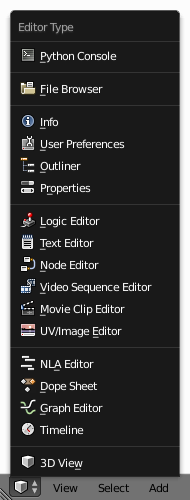
Blender has unlimited features in its bucket and is no less than other competing software in the 3D world. Moreover, being open-source and free software, it attracts many people from different fields of design.
Blender is also used for smoke, rain, dust, water, hair and cloth simulations. Blender uses the Lattice Boltzmann Method to simulate liquids and fluids that help the user to a lot of extents.

The Following is the System Requirement to Install Blender
1. The program requires a minimum of 32-bit dual core CPU that is 2GHz with SSE2 support and a 64- bit quad core CPU is recommended mostly.
2. The software at least requires a 2GB RAM. It is advised to use a RAM of about 8GB.
3. An Open GL 2.1 Graphics card is a minimum requirement with a 512 MB Video RAM. While it is highly recommended to use an Open GL 3.2 Graphics Card with a 2GB Video RAM.
4. A Display of 1280 x 768 pixels is the minimum requirement with a 24-bit color process.
5. A Visual C++ 2013 Redistributable Package is also required to install Blender.
Compatible File Formats
- Blender stores multiple scenes into a single file. This file is called a Blend File.
- The “. Blend” Files are platform-independent and are compatible with different versions of Blender.
- Blender arranges information as different types of “data blocks”, such as Objects, Meshes, Lamps, Scenes, Materials, and images.
- The users can also co-operate or modify the 3D Tools with the scripts that have Blender capabilities and that is supported by Blender.
- Blender also assists many 3D file formats for importing and exporting process. These formats are 3DS, FBX, DXF, SVG, VRML, STL, and X3D. These file formats are common formats of various 3D programs.
How to Install Blender on Windows Platform-
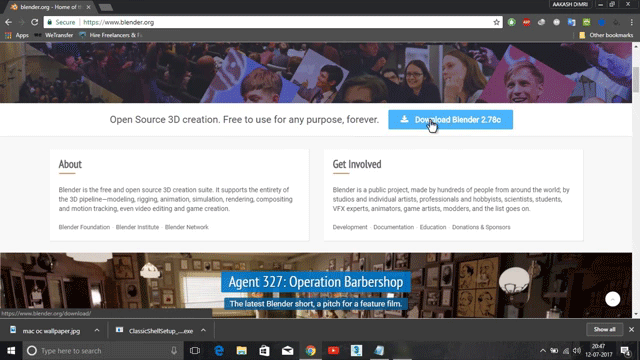
Step 1: Visit the Blender Website.
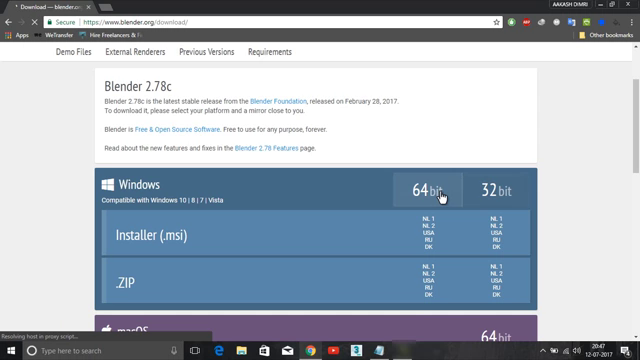
Step 2: Click on the link to access the Download page. Also, select the operating system to install the program.
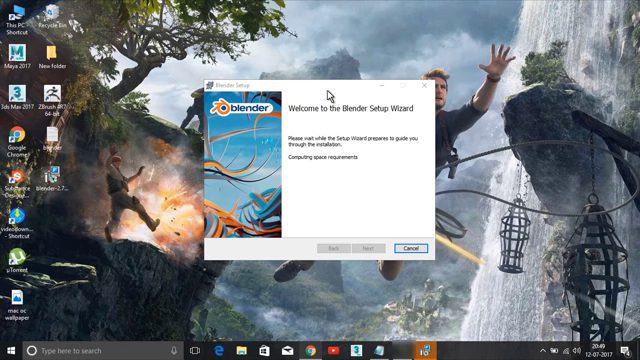
Step 3: Now, Run the downloaded Installer which will probably be available in the download folder.

Step 4: Now, click on the Next Button to initiate the installation process.

Step 5: Click on the Next Button, when asked to move ahead in the process.

Step 6: In this step, the user can change the default location of the program. Click Install to Move ahead.

Step 7: Wait for the Program to Install Blender.
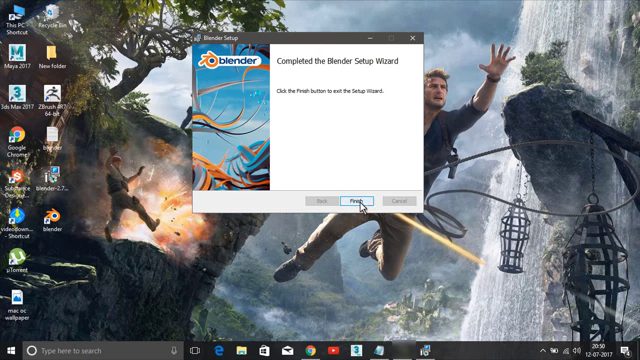
Step 8: Click on Finish and complete the Installation Blender process.
Step 9: After Installing the program, the Blender window will look like this. The interface of Blender is the same across all the operating systems.
Step 10: The software starts with the default screen and it is divided into five main areas that contain Editors in General. The Interface of Blender has
- Giant and wide 3D View
- There is a Timeline toolbar at the bottom of the UI
- In the Bottom Right, a Properties Editor is situated.
- At the Top Right, an Outliner is given.
- At the top of the UI, an Info Editor is seen.
Step 11: The User Interface of the Program is designed in such a way that helps the user in understanding each tool and feature easily.
Step 12: The User Interface is created very clearly and neatly that allows the user to view and work on all important options and tools at one glint without moving or pushing the editors in the UI.
Step 13: The users can access the tools easily and effectively. They need not spend time on selecting between the various tools. Blender also uses a lot of keyboard shortcuts to accelerate the work. These keyboard shortcuts can be modified and updated in the Keymap Editor.
Source: educba.com